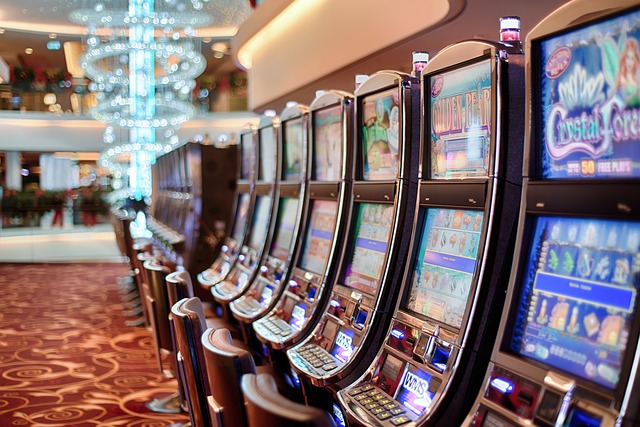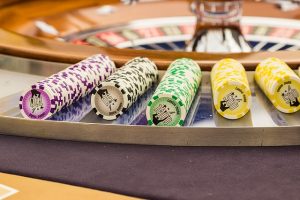Casino operator Caesars Entertainment has struck a deal to be the first to bring Gamblit Gaming’s skill-based gaming devices to the casino floor.
On Wednesday, Caesars and Gamblit announced a multi-year deal that will see Gamblit’s Model G and Tristation positions deployed to Harrah’s Rincon in California. Assuming all goes well, Caesars plans to add 125 Gamblit products to its casinos in Nevada and a further 100 stations in other markets.
The new gaming positions will contain multiple themes and games, including Match 3 and word matching games. Future releases will include Gamblit’s ‘gamblified’ versions of video games like Catapult King and Into The Dead.
The companies say the games will be available in “dedicated entertainment spaces” at Caesars properties, in keeping with Caesars CEO Mark Frissora’s claim last September that the company was testing a millennial-focused ‘casino withing a casino’ at one of its Las Vegas venues.
On Wednesday, Frissora claimed the Gamblit rollout was a key step in Caesars’ plan to create “the casino of the future” and that skill-based games would become “an increasingly important part of the gaming floors.” Gamblit CEO Eric Meyerhofer said the Caesars deal reflected his company’s “landmark transformation of gaming.”
Nevada approved skill-based gaming last year and New Jersey following suit this February. Meyerhofer originally saw his games appearing on Vegas casino floors by early- to mid-2016 but the journey has taken longer than expected.
Much has been made of the millennial generation’s disinterest in traditional passive slot machines and MGM Resorts CEO Jim Murren has gone as far as to say the “era of expanding casino floors is over.”
In July, Gamblit marketing exec Darion Lowenstein told Gamasutra that the key to transitioning skill-based games to casino was simplicity. “If your games requires too much in terms of tutorials, if there’s any kind of buildup or long-term loop, it just doesn’t work on a casino floor.”
Lowenstein said “true gamblers” were more into the “instant feedback” of slots, whereas Gamblit’s target market was “inherently more focused” on achieving in-game goals, to the point that “the wagering proosition almost becomes kind of secondary to that experience.



